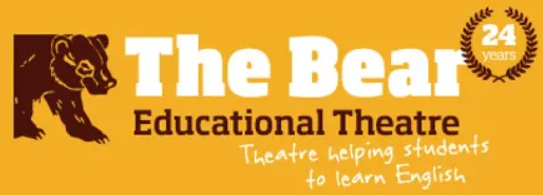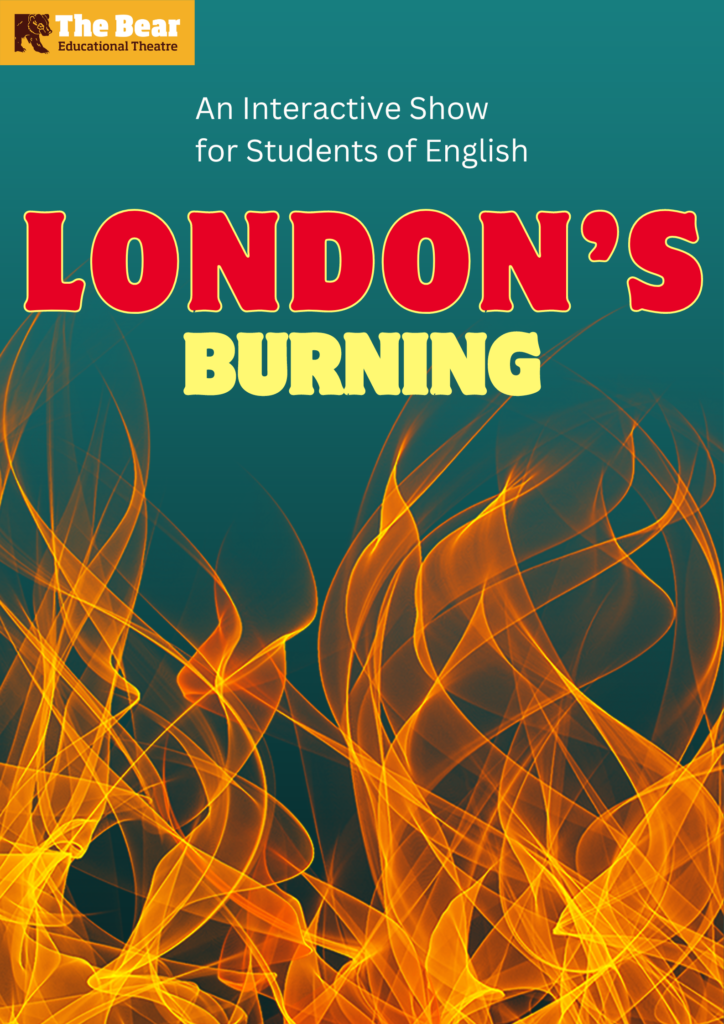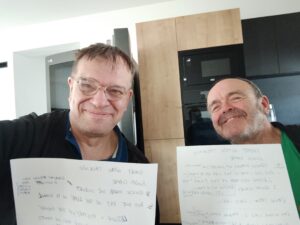On May 6th 2024 The Bear Educational Theatre had a preview premiere of a new show called London’s Burning. It is the first new show for seven years and while feeling fresh and unique, in some ways it is an interesting mix of elements from different shows in the repertoire. The premiere was a great hit and the show will be a big part of our program for next year. This article will look at the show and, more usefully, some of the techniques the show uses to keep the audience engaged. It will look at …..
- Education in the entertainment
- Audience interaction
- Building an atmosphere
- The debates
- Making the show live beyond the performance
Education In The Entertainment
As the story is based on a historical event, the great fire of London, there are a number of facts and pieces of information that need to be in the show which I would like the audience to take away with them. This time around I took no chances and did the classic teaching move of presenting a quiz at the start of the show with questions that the audience need to answer at the end. The information of course is elicited during the show.
This works very well on several levels. First it highlights the basic facts that the audience can take with them. It also provides a nice interactive moment between the actors and the audience when the questions are presented at the start and especially when the audience are shouting the answers out at the end. Then, in terms of the structure of the play it is a nice catharsis to start and end the show with the same activity. At the end it brings the audience out of the atmosphere of the main part of the show and back to school so to speak.
Audience Interaction.
All of our shows involve audience interaction, but this show more than most. The most interactive elements are the debates (more on them in a minute), but there are a couple of games that we play with the audience to help us create the atmosphere of the fire.
In some ways getting the audience involved is the biggest challenge of the show. Student audiences can be reticent to get involved with anything silly (although often they are fine with it too). The main dynamic that helps us to take the audience with us is the fact that we ourselves are clearly not taking ourselves too seriously.
We also do not have what actors refer to as a fourth wall, an imaginary invisible wall between the actors and the audience. In this style of theatre it is as if the audience are observers of what is happening on stage. That is not us. We talk directly to the audience and try to get them as involved as possible in what we are doing. That is really the best way to work with younger audiences (and older ones too in my opinion).
Building An Atmosphere
I really wanted to create some of the atmosphere of the fire in the theatre, without of course using real fire. The first thing on my mind was to have a strong musical soundtrack. In the end though the soundtrack is not as dominant as I originally imagined it would be and I put in some physical games for the audience to get them personally involved in creating the atmosphere of the inferno. In one game the audience act out swimmimg away from the fire, saving a cat, and lifting their feet because of escaping rats. In another game the audience become the fire by waving a hand in the air and then passing the fire back through the group until everybody is waving their hands with the sound of raging fire playing underneath. This has been a very effective way to create the atmosphere of the fire. It also provides a nice comic moment when characters from the stage try to put the fire out by squirting the audience with water.
The Debates
Introducing debate topics for the audience to consider during the show is the main hook of one of our other shows A Show Full of Lies and I decided to do it again here.
The first debate comes after the main characters have been forced to leave their homes by the fire. We stop the show and ask audience to imagine themselves in this situation. They have to leave their home suddenly and the have 90 seconds to decide what to take with them and to decide where to go (to family? To friends?). The actors go amoung the audience and get some of their ideas and then report back from the stage.
The second debate in the show looks at the other side of the refugee issue. The audience are asked to imagine that their cousins have had to leave their homes and that they are now asking if they can live with you. Do you let them? Do you impose any conditions? Again students discuss together and the actors walk among them and get their ideas.
The debates have been especially effective in galvanizing the audience and making them feel like a real part of the show. They instantly turn the audience from passive observers to active critical thinkers.
Making The Show Live Beyond The Performance
We hope that this kind of critical thinking is what can take the themes of the show into class work for after the show. The story of the great fire of London is interesting in and of itself and the show will hopefully be memorable. However the show is designed to be a springboard for students to work on two main themes.
One is the theme of refugees, which is treated in the show itself. The other theme is climate change. The dialogue at the start of the show makes it clear that the fire was predictable, some people knew that it was likely to happen, yet there was a question if people were willing to change their lifestyles to live in a different and safer way. This of course sorresponds to the choices that we are being asked to make today about the way we live our lives.
All together I can say that the show London’s Burning has got off to a very positive start and I am looking forward to working with it for many years to come.


